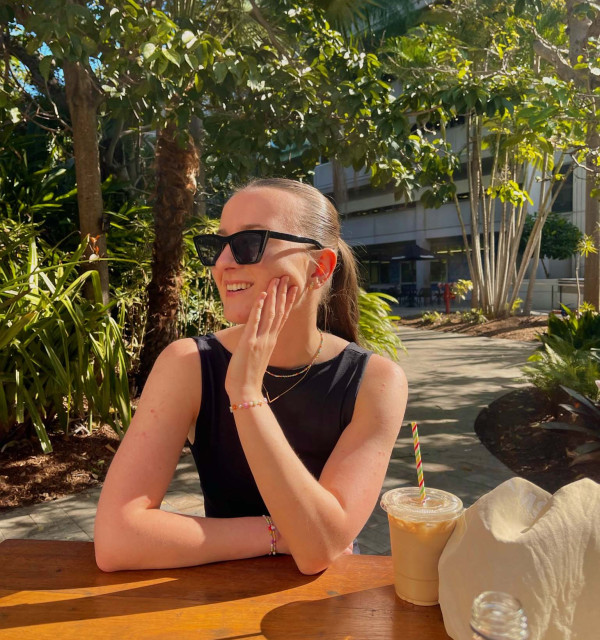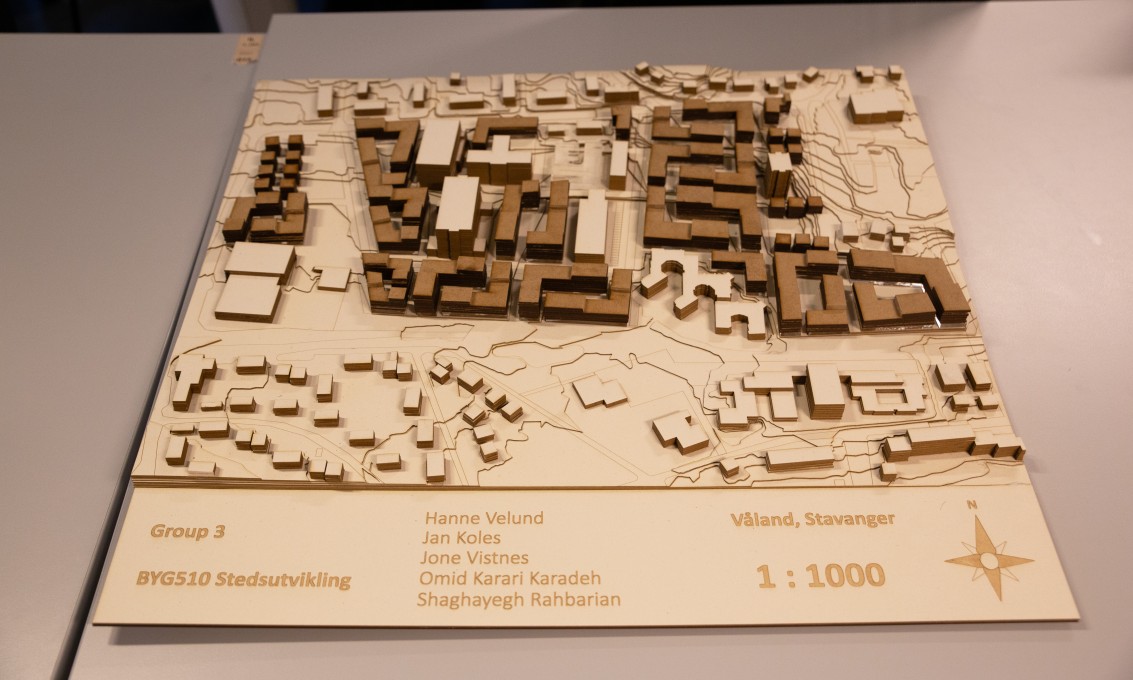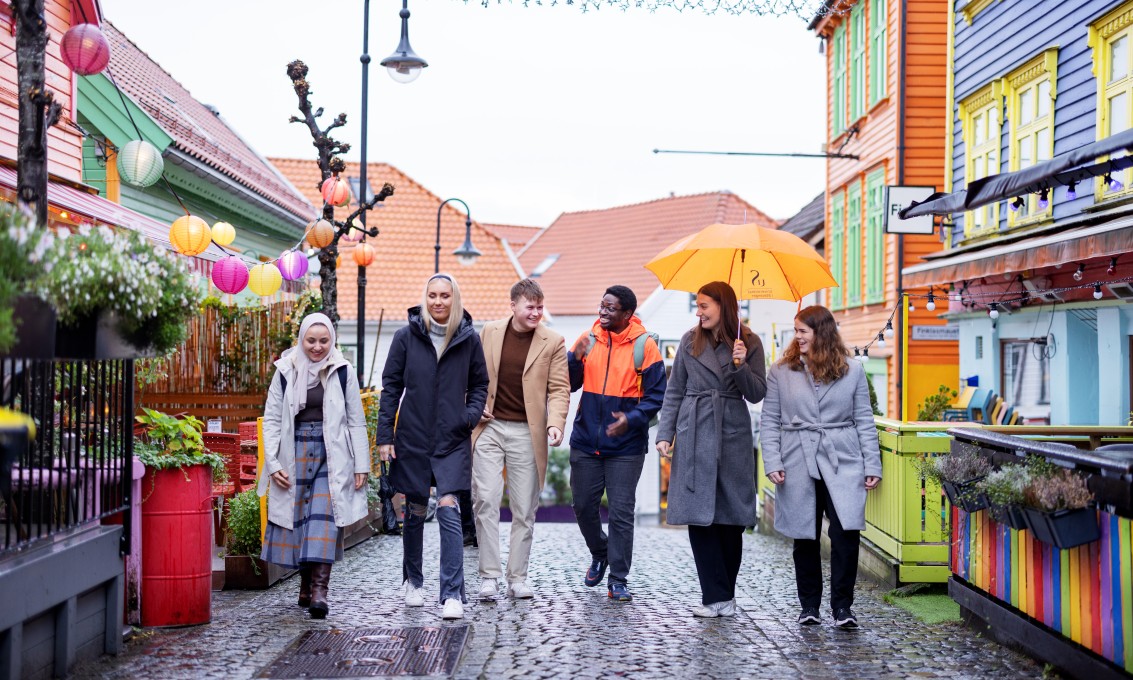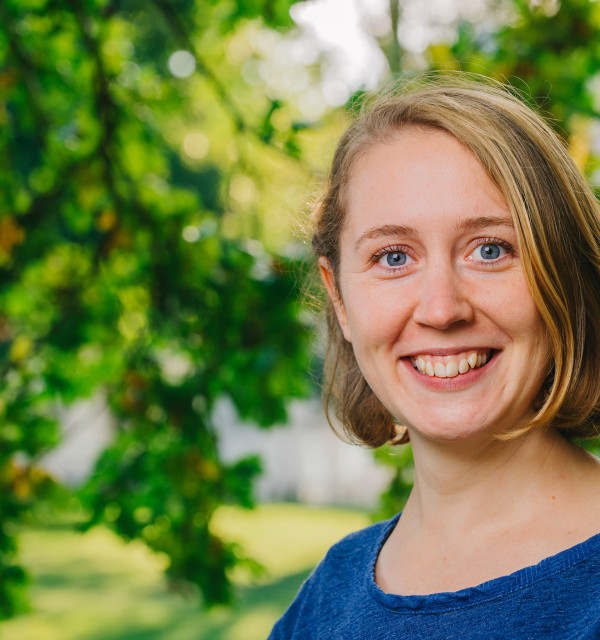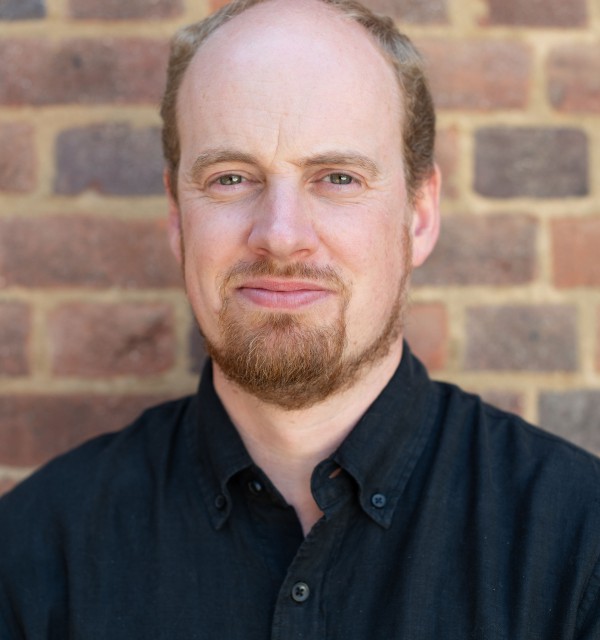Are you interested in how cities can become more sustainable, efficient, safe and livable? This programme qualifies you to understand and shape the cities of the future.
2 years (4 semesters)
120
English
August every year
About the study programme
Cities and urban areas are growing fast. There is an increasing need for urban planners who understand sustainable urban development and design. Urban planners with technical insight and design understanding are therefore needed to ensure sustainable urban development of livable and smart cities. The cities of the future must be resource and energy efficient, and have smart solutions for buildings, transport and infrastructure.
Would you like to design buildings, public spaces and neighbourhoods?
- This master programme focuses on place making, spatial analysis, conceptual development and design, planning processes, infrastructure and communities, and renewable energy solutions.
- You will choose between elective packages on sustainable urban development and mobility, renewable urban energy, or urban safety and resilience.
- Experience with spatial planning and related drawing software is highly recommended.
Are you interested in combining design with technical and social issues? Then this can be the programme for you. You will study with international students with different backgrounds from planning, civil engineering and architecture.
The courses I have taken have provided me with tools and skills that I already see the value of in practice.
Career prospects
The programme’s combination of courses in technology, design, and social sciences give students a wide skillset, and thus a large spectrum of job opportunities. Typical examples include work in physical planning and management, urban design and planning, and urban analysis in both public and private sectors.
A completed Master of Science can qualify for admission to the PhD programme in science and technology with specialisation in risk management and societal safety at the University of Stavanger.
Learning outcomes
All study programmes at the UiS have a set of defined learning targets. Read more about the learning outcome for this study programme.
After having completed the master’s degree programme in City and Regional Planning, the student shall have acquired the following learning outcomes, in terms of knowledge, skills and general competences:
Knowledge
K1: Has advanced knowledge within city and regional planning, and specific insight into selected topics.
K2: Has in-depth knowledge about scientific theory and methods within city and regional planning.
K3: Can apply knowledge to new topics within city and regional planning.
K4: Can analyse relevant problems while taking planning history, traditions, methods and social responsibility into account.
K5: Can understand and evaluate technical and aesthetic aspects of existing urban environment as well as propose new ones.
Skills
S1: Can participate and lead interdisciplinary planning processes on city, region and neighbourhood scales.
S2: Can analyse a space in terms of topography, history, built environment and traffic.
S3: Can propose compound master plans and small-scale designs.
S4: Can shape sustainable, functional, safe and resilient environments.
S5: Can critically assess consequences associated with proposed land use, building development and transport plans.
General Competence
G1: Can analyse professional, theoretical and research-ethical problems.
G2: Can apply knowledge and skills to new areas in order to implement advanced tasks and projects.
G3: Can convey extensive pieces of independent work and master planning terminology –orally, written and graphically.
G4: Can communicate planning problems, analyses and conclusions, to both experts and the public.
G5: Can critically assess and reflect on literature and projects on city and regional planning.
G6: Can contribute to original thinking and innovation.
Study plan and courses
Enrolment year: 2025
-
Compulsory courses
-
Urban Analysis and Planning Methods
Year 1, semester 1
-
Placemaking
Year 1, semester 1
-
New Technologies and Ideas for Sustainable City Development
Year 1, semester 1
New Technologies and Ideas for Sustainable City Development (BYG655)
Study points: 10
-
Sustainable City Regions
Year 1, semester 2
-
Selected Topics in City and Regional Planning
Year 1, semester 2
Selected Topics in City and Regional Planning (BYG640)
Study points: 10
-
Research Methods in Risk, Safety, and Security Studies
Year 1, semester 2
Research Methods in Risk, Safety, and Security Studies (RIS660)
Study points: 10
-
Master Thesis in City and Regional Planning
Year 2, semester 3
-
-
Courses at UiS or exchange 3rd semester
-
Courses at UiS 3rd semester
-
Sustainable Urban Development and Mobility
-
Urban Development Project 7
Year 2, semester 3
-
Practical training in City and Regional Planning
Year 2, semester 3
Practical training in City and Regional Planning (BYG650)
Study points: 10
-
Green Transition
Year 2, semester 3
-
-
Renewable Urban Energy
-
Societal Transition and Transformation - Energy and Climate Change
Year 2, semester 3
Societal Transition and Transformation - Energy and Climate Change (MEE100)
Study points: 10
-
Energy, Energy Technologies, and Energy System Integration
Year 2, semester 3
Energy, Energy Technologies, and Energy System Integration (PET515)
Study points: 10
-
Energy, Societal Safety and Sustainable Development
Year 2, semester 3
Energy, Societal Safety and Sustainable Development (SAM550)
Study points: 10
-
-
Urban Safety and Resilience
-
Urban Safety and Resilience
-
Foundations of Risk Analysis and Risk Science
Year 2, semester 3
Foundations of Risk Analysis and Risk Science (RIS505)
Study points: 10
-
Theories of Risk Perception and Risk Governance
Year 2, semester 3
Theories of Risk Perception and Risk Governance (RIS515)
Study points: 10
-
-
Choose one course
-
Urban Development Project 7
Year 2, semester 3
-
Practical training in City and Regional Planning
Year 2, semester 3
Practical training in City and Regional Planning (BYG650)
Study points: 10
-
-
-
Other electives
-
Urban Development Project 7
Year 2, semester 3
-
Practical training in City and Regional Planning
Year 2, semester 3
Practical training in City and Regional Planning (BYG650)
Study points: 10
-
Green Transition
Year 2, semester 3
-
Societal Transition and Transformation - Energy and Climate Change
Year 2, semester 3
Societal Transition and Transformation - Energy and Climate Change (MEE100)
Study points: 10
-
Energy, Energy Technologies, and Energy System Integration
Year 2, semester 3
Energy, Energy Technologies, and Energy System Integration (PET515)
Study points: 10
-
Foundations of Risk Analysis and Risk Science
Year 2, semester 3
Foundations of Risk Analysis and Risk Science (RIS505)
Study points: 10
-
Theories of Risk Perception and Risk Governance
Year 2, semester 3
Theories of Risk Perception and Risk Governance (RIS515)
Study points: 10
-
Energy, Societal Safety and Sustainable Development
Year 2, semester 3
Energy, Societal Safety and Sustainable Development (SAM550)
Study points: 10
-
-
-
Exchange 3rd semester
-
Exchange 3rd semester
-
-
A bachelor’s degree within planning, civil engineering, architecture, or equivalent. The degree must include minimum 30 ECTS credits in physical planning, city and regional planning, landscape engineering, environmental or urban management, transport planning, technical planning, or equivalent. Supplementary rules for admission (pdf)
Application and admission
Contact
For inquiries regarding admission to international Master's programmes, send an email to: admissions@uis.no.
Student life at UiS
Student life at UiS
Student exchange
By going on exchange to one of our partner institutions abroad as part of your studies, you will have an opportunity to get a unique education. In addition to improving your career opportunities, you grow as a person and gain the ability to greater reflect on the topics you study as part of your degree.
Schedule for the exchange
Students can go on a study abroad experience during the 3rd semester of the master's programme in City and Regional Planning. This semester consists of 30 ECTS credits of electives. During the exchange semester you can choose courses similar the master program specialisation. The courses you want to take abroad must be approved by the department. It is important that the subjects/ courses from abroad do not overlap with courses you have already taken.
More opportunities
In addition to the recommended universities, The University of Stavanger has several agreements with universities outside Europe that are applicable to all students at The University of Stavanger, provided that they find a relevant course offering. Within the Nordic region, all students can use the Nordlys and Nordtek networks.
Contact your student adviser at the Faculty if you have questions about guidance and pre-approval of courses.
General questions about exchange:
Go to the exchange guide in the Digital student service desk
See where you can travel
Frequently asked questions
What is urban planning, really?
Urban planning includes all activities that develop and shape the places we live in. It requires knowledge of, among other things, built surroundings, outdoor spaces, people, travel, public affairs, finances and politics.
Urban planning includes work with smaller urban and street spaces. neighborhoods and entire cities or regions. How cities are designed and used is considered a very important part of sustainable development. Most greenhouse gas emissions occur in cities. Therefore, large parts of the solution are also there.
Urban planning is to facilitate reduced emissions through, among other things, area and transport planning. If you choose urban planning, you will work with meaningful tasks.
Do I have to be good at drawing when I study urban planning?
No! You will use drawing and CAD in the daily work with tasks. Planning work involves placing and designing surroundings, and it is important to be able to present work graphically, using drawings, maps, digital plans and illustrations. You will receive training in this during your studies.
Is the study programme in English?
In the two-year master's programme in City and Regional Planning, Norwegian and international students work together, so all teaching takes place in English. It is possible to write the master's thesis in English or Norwegian.
Where can I work, and what can I work on when I study urban planning?
You can work on making physical plans or describe how an area should be developed. You do not have to work in a big city. You can get a job in public agencies (eg municipalities, county municipalities, the Norwegian Public Roads Administration, etc.) or private companies that solve planning tasks (e.g. consulting companies, engineering / architectural offices, real estate developers, contractors, etc.).
Contact
Faculty Administration TN
Kontor for utdanningsadministrative tjenester
Department of Safety, Economics and Planning


